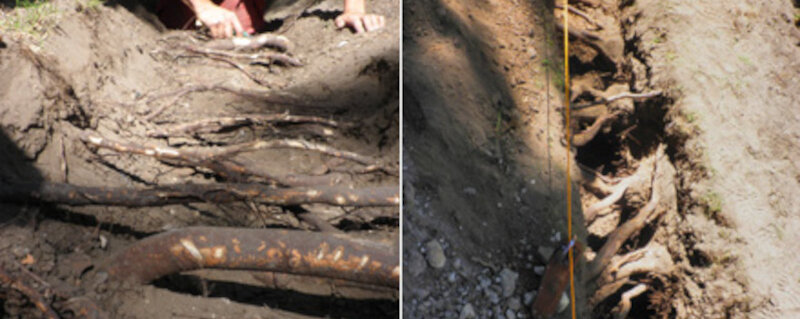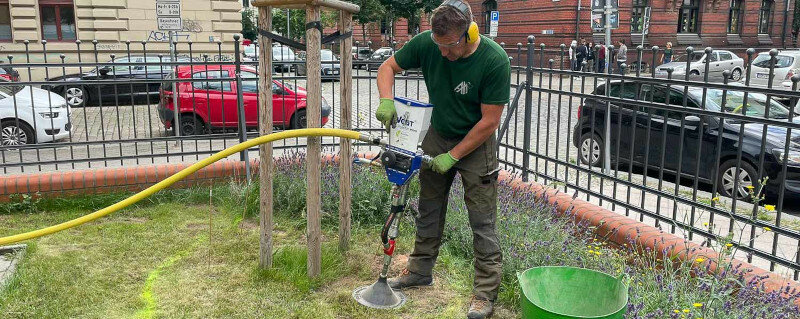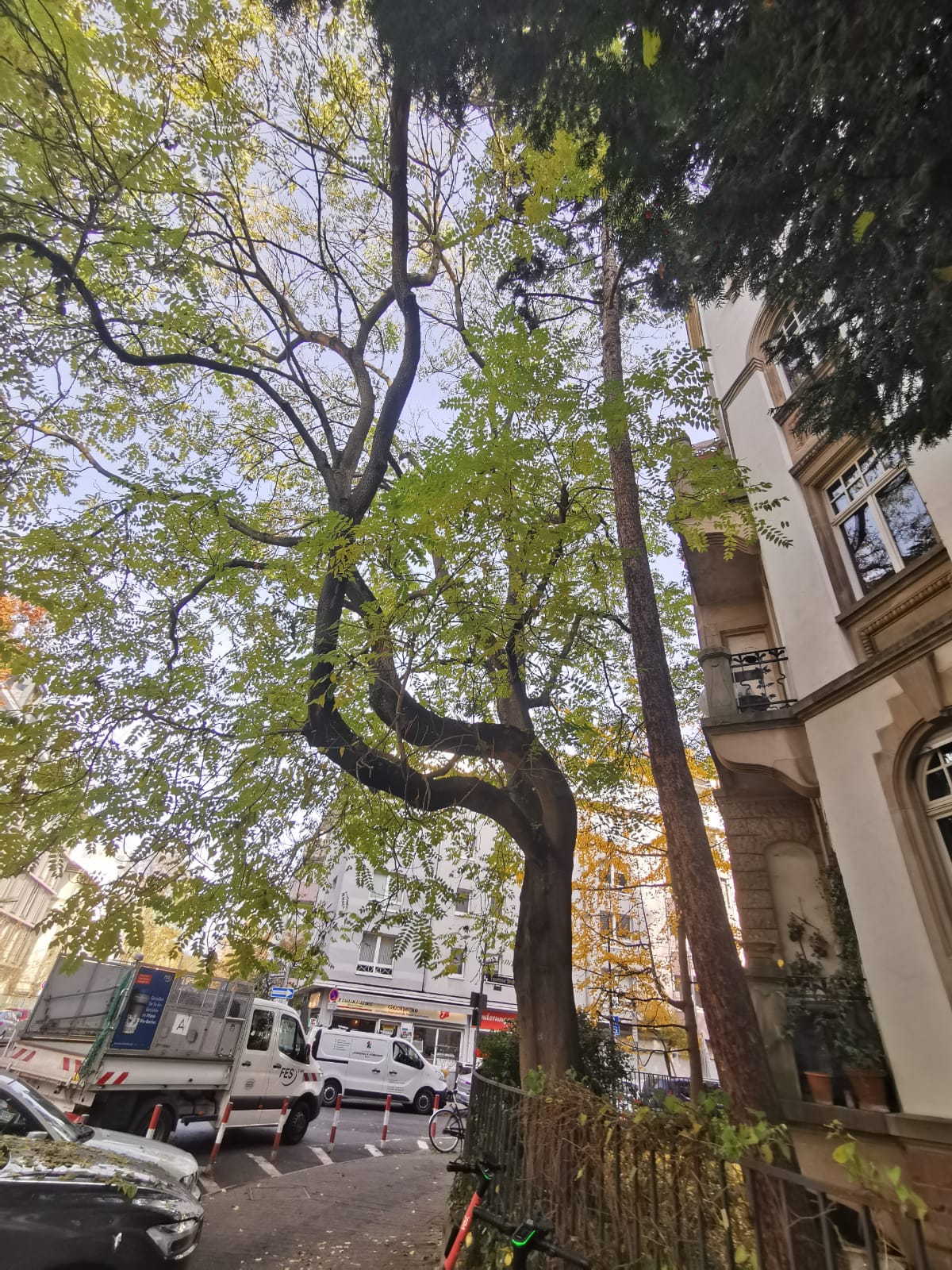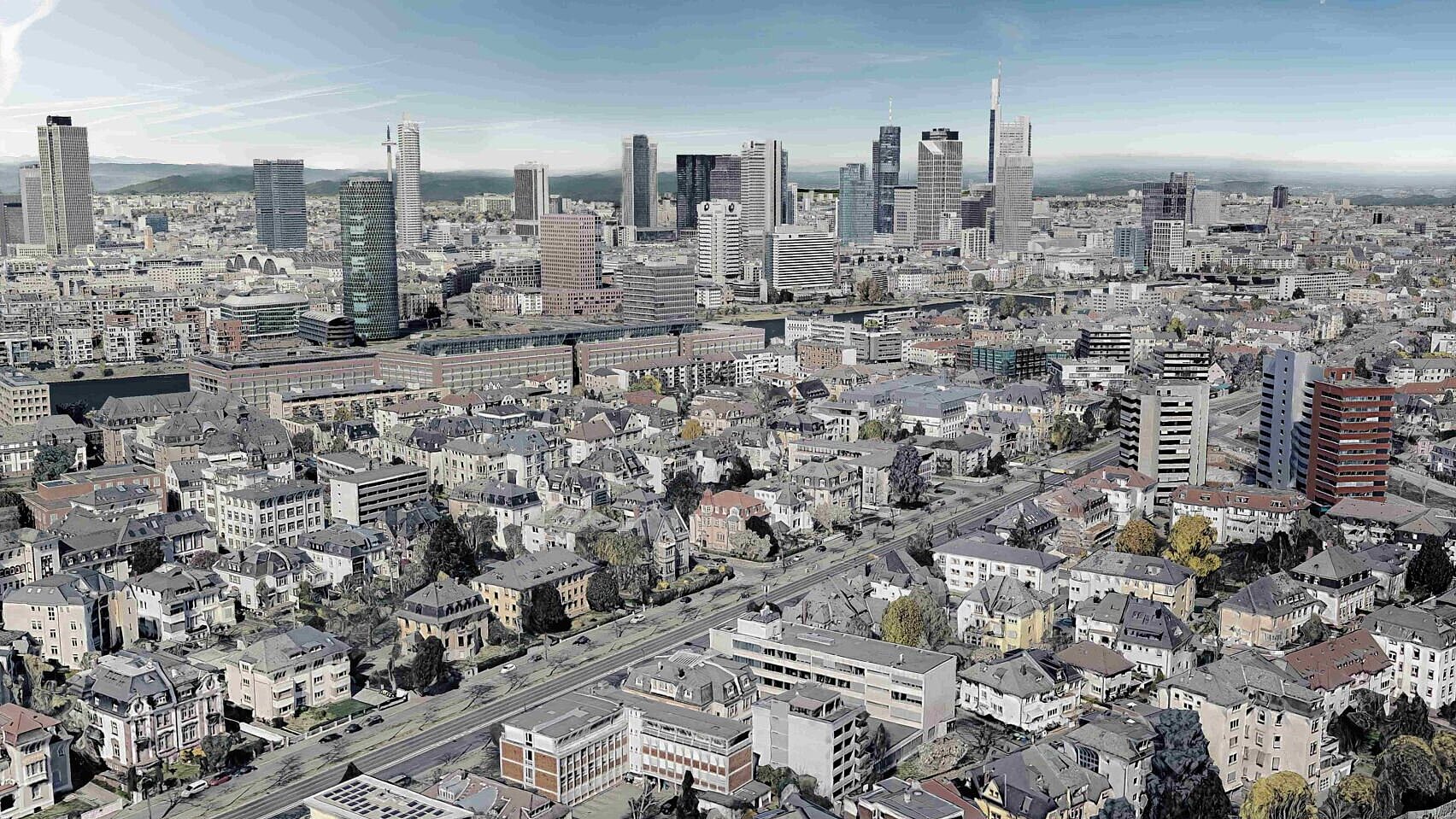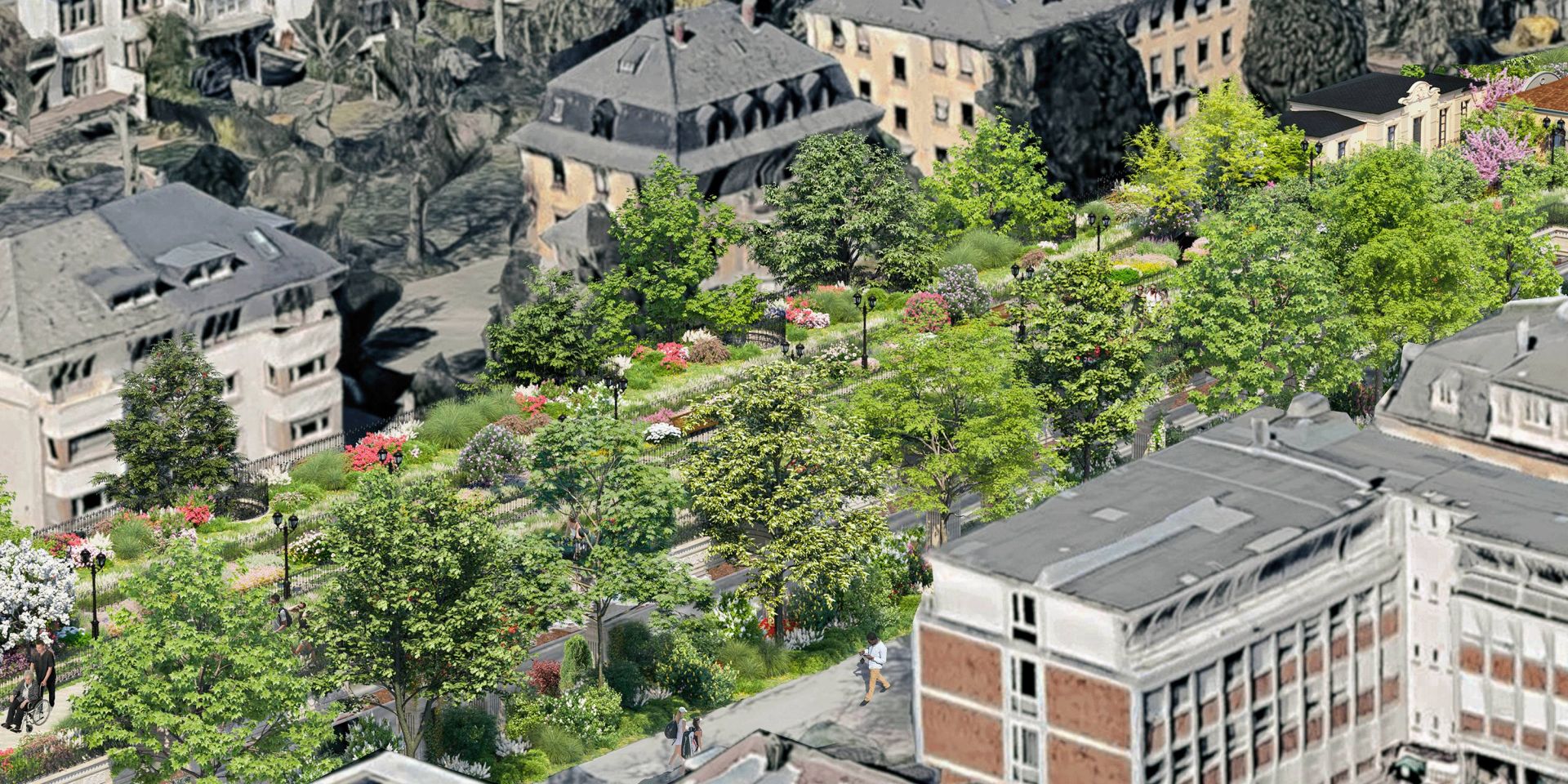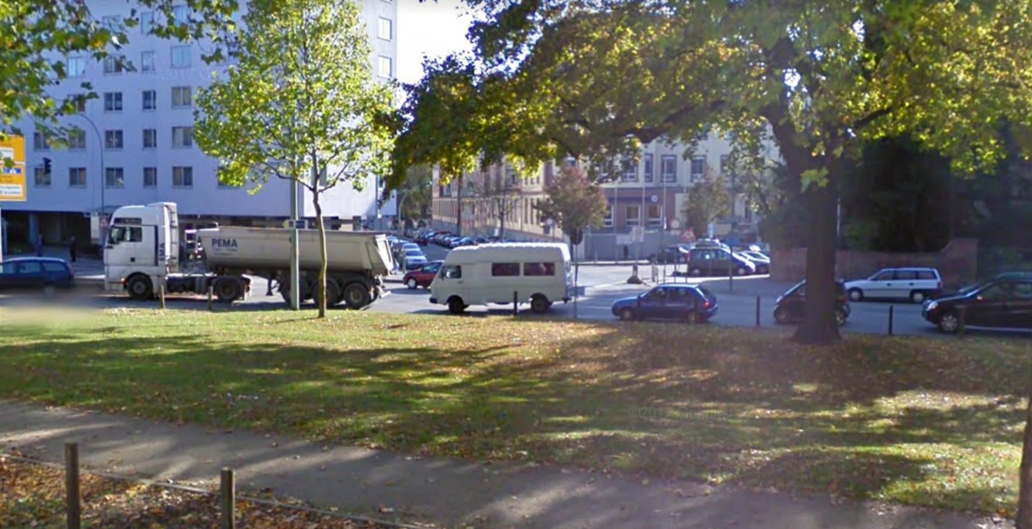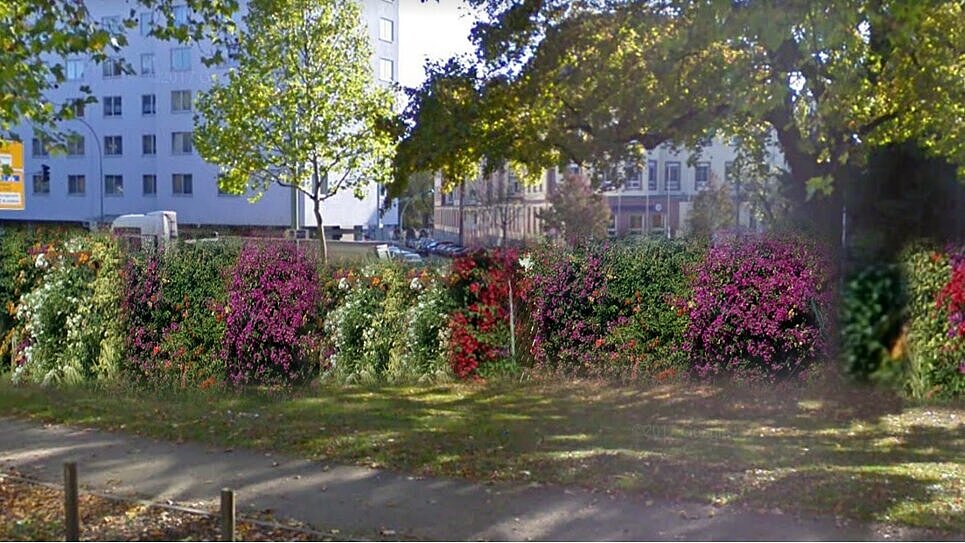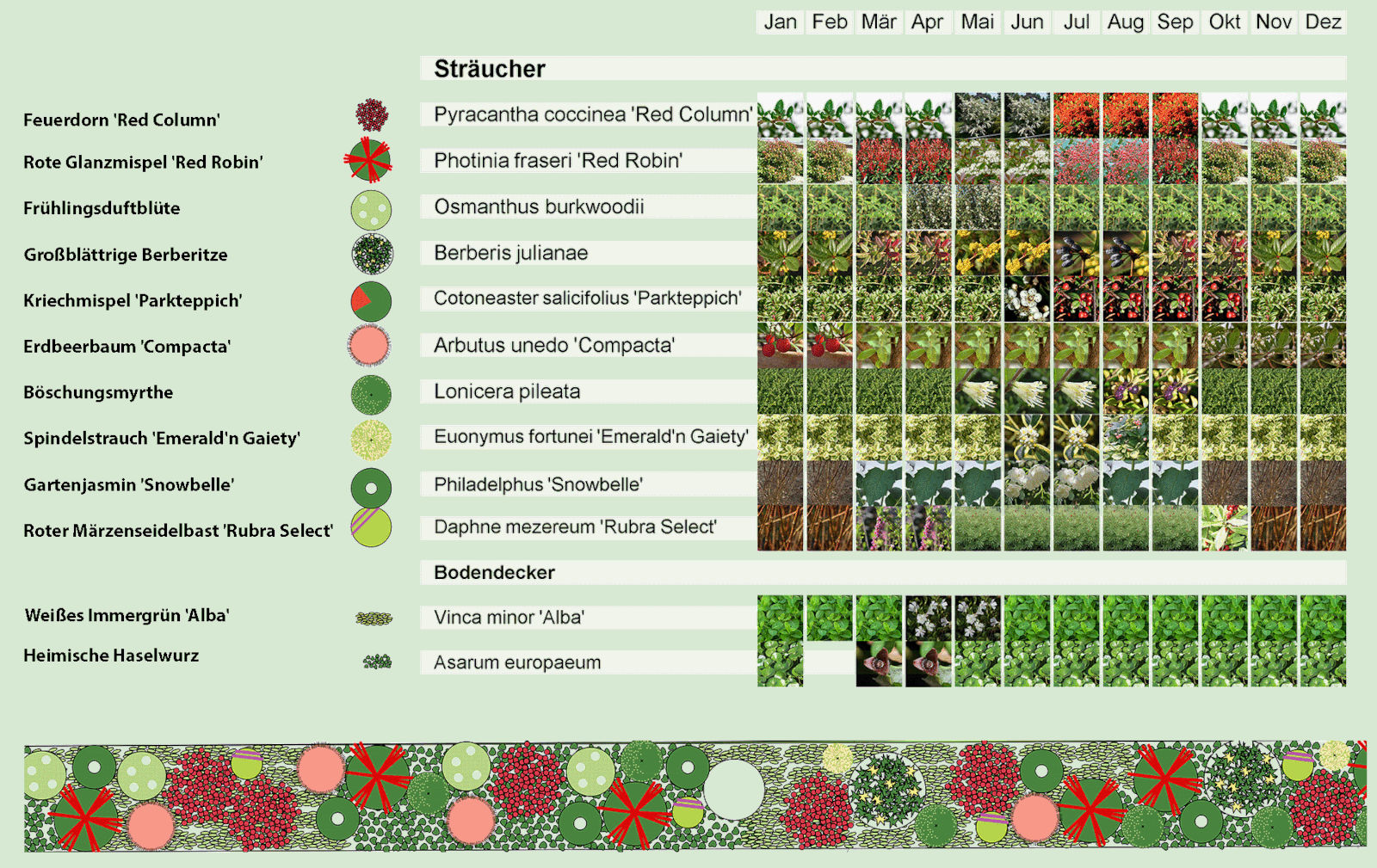Content: Describes measures taken during the construction and operation of the Frankfurt bridges to enhance the urban green space to either side.
During the construction work, the green areas along the bridges will be restored and upgraded by replacing polluted urban soil, pruning trees and plants, and planting new plants appropriate to the site.
After completion, the most important levers for maintaining these vitalized areas are that the Frankfurt bridges provide continuous irrigation as needed with the appropriate supply of nutrients. In addition, optimal tree and bed maintenance for the flora along the bridge can be ensured by the bridge gardeners.
The new bridge greenery to be planted must be professionally planned and executed to provide permanent noise and visual protection for residents and walkers.



